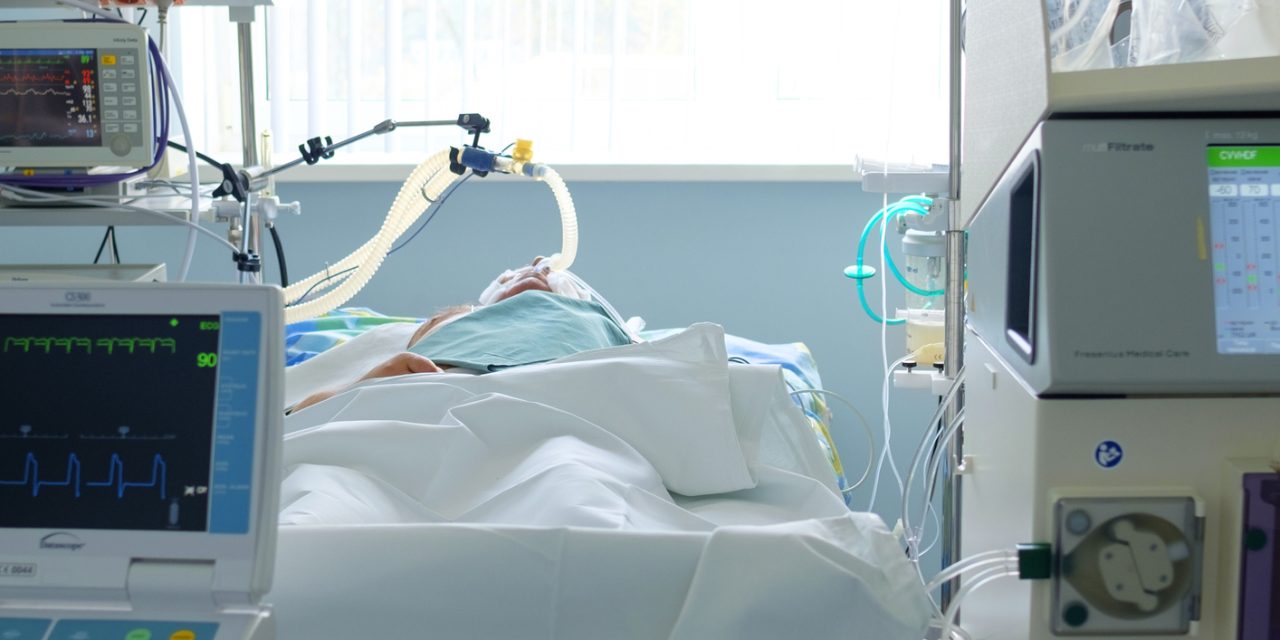Early recognition of sepsis and a prompt initiation of goal-directed therapy is important for sepsis survival. Little is known about the impact of early recognition of sepsis in the out-of-hospital setting when paramedics are the 1st medical professionals arriving on the scene.
To characterize the impact of sepsis recognition by paramedics in the 1st out-of-hospital contact and to establish a predictive model by combining preclinical patient characteristics.
In this retrospective single-center cohort study, we included a total of 263 patients diagnosed with sepsis after admission to the emergency department and correlated them to the emergency medical protocols of the paramedics who have seen the patient out-of-hospital.
Only 25 patients were correctly diagnosed by paramedics out-of-hospital. If sepsis was diagnosed, the median time to antibiotic administration was significantly lower (136.50 min compared to 206.98 min, p = 0.0069) and mortality was reduced from 22.8% to 8% (p = 0.0292). We have identified predictors for prognosis and calculated a predictive model with a modified quick Sepsis-related Organ Failure Assessment (qSOFA) score, which fits the needs for out-of-hospital usage and results in a better discrimination of vitally threatened patients (receiver operating characteristic (ROC) area under curve (AUC) of 0.641 compared to 0.719), as compared to the standard qSOFA.
Sepsis recognition by paramedics at the 1st out-of-hospital contact significantly reduces sepsis mortality. The qSOFA and modified qSOFA are suitable tools for sepsis recognition, and have an impact on mortality and disease management when used.
Out-of-hospital sepsis recognition by paramedics improves the course of disease and mortality: A single center retrospective study.


